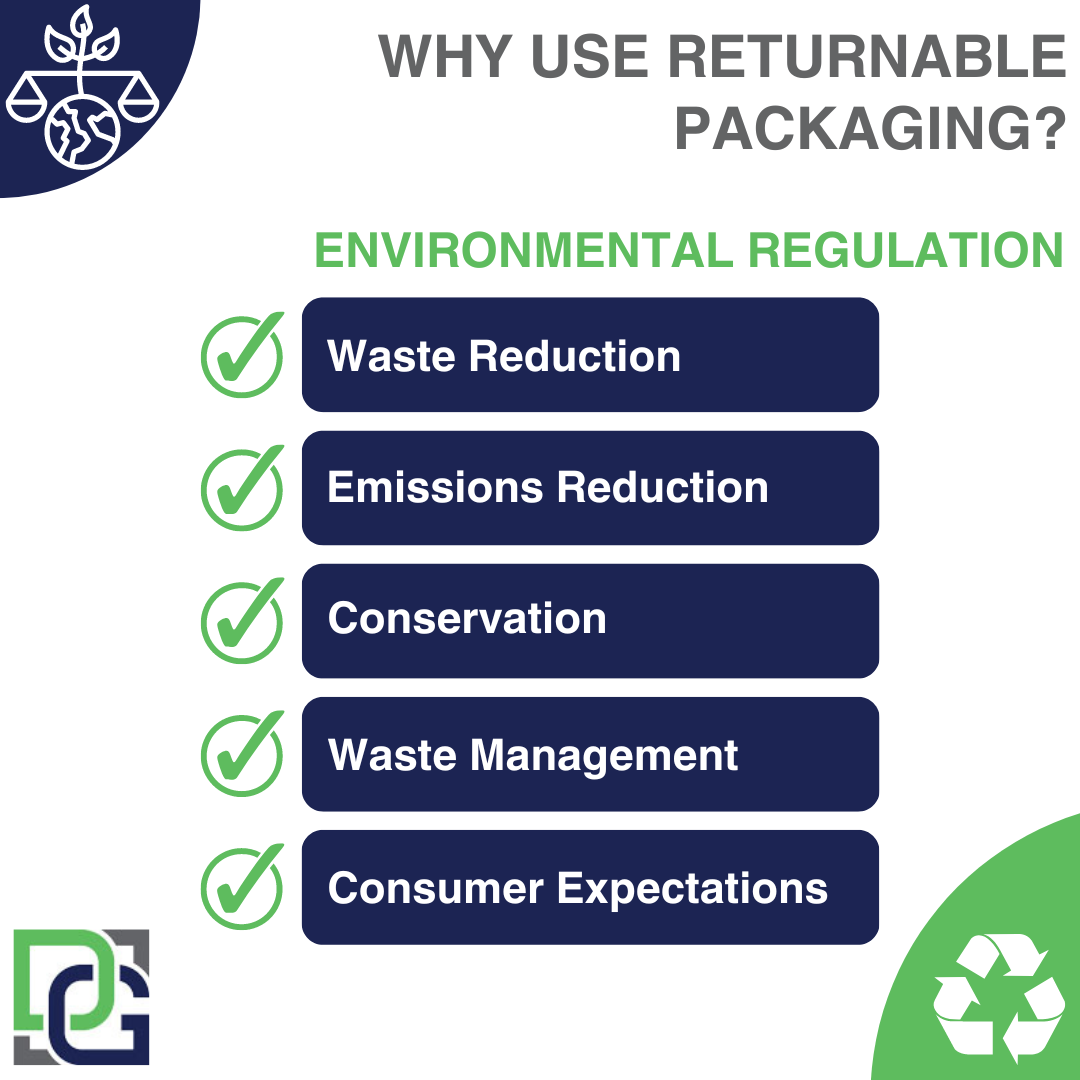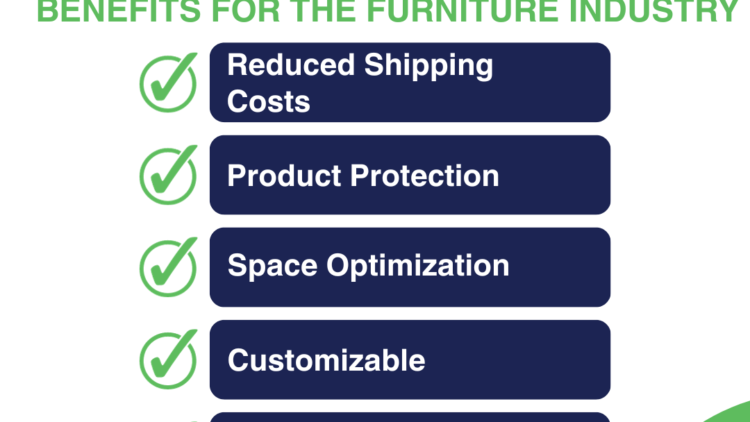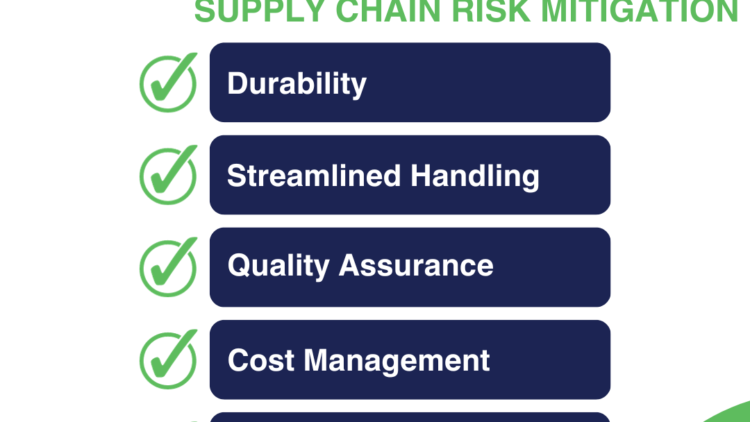Introduction:
In an era defined by escalating environmental concerns, compliance with stringent environmental regulations has become paramount for businesses. One pioneering solution that is not only helping companies reduce their ecological footprint but also navigate complex environmental regulations is returnable packaging. In this blog post, we’ll explore how returnable packaging plays a pivotal role in ensuring compliance with environmental regulations while driving sustainability and operational efficiency.
Waste Reduction and Circular Economy:
Returnable packaging is the flagbearer of a circular economy, a model that minimizes waste and promotes resource efficiency. By replacing single-use packaging with durable, reusable containers, businesses significantly reduce the volume of waste generated. This directly aligns with regulations aimed at curbing waste and landfill disposal, ensuring compliance with waste management laws.
Carbon Emission Reduction:
Environmental regulations often target greenhouse gas emissions. Returnable packaging contributes to reducing carbon emissions in several ways. First, it optimizes transportation, resulting in fewer trips and lower fuel consumption. Second, it minimizes the production of new packaging materials, which is an energy-intensive process. By lowering emissions at multiple points in the supply chain, returnable packaging aids in adhering to emissions reduction requirements.
Resource Conservation:
Many environmental regulations focus on conserving natural resources. Returnable packaging is designed to be durable and long-lasting, requiring fewer raw materials over its extended lifecycle compared to single-use alternatives. This efficient resource utilization aligns with regulations promoting resource conservation.
Efficient Waste Management:
Returnable packaging simplifies waste management processes. With standardized containers, sorting and handling become more efficient. Compliance with regulations regarding waste disposal and recycling becomes easier as businesses can effectively manage and track the flow of materials in and out of their supply chains.
Reputation and Consumer Expectations:
Environmental regulations often intersect with consumer expectations. Today’s consumers are increasingly eco-conscious and favor products and brands that prioritize sustainability. Compliance with these regulations not only keeps businesses on the right side of the law but also enhances their reputation and marketability.
Conclusion:
Returnable packaging is a sustainable solution that goes beyond mere cost savings and efficiency gains; it’s a powerful ally in ensuring compliance with environmental regulations. By reducing waste, lowering carbon emissions, conserving resources, streamlining waste management, and aligning with consumer expectations, returnable packaging helps businesses meet the evolving requirements of environmental laws and regulations.
As regulatory pressures continue to intensify, adopting returnable packaging becomes a strategic move that not only ensures compliance but also fosters sustainability, enhances brand value, and secures a greener future for businesses and the planet.





